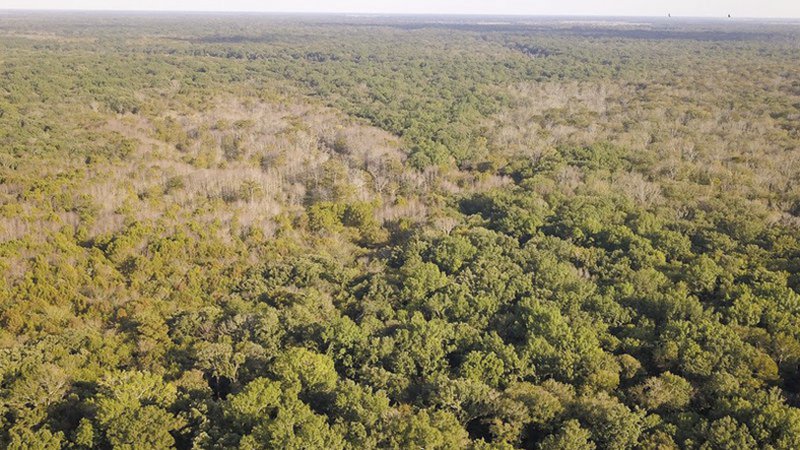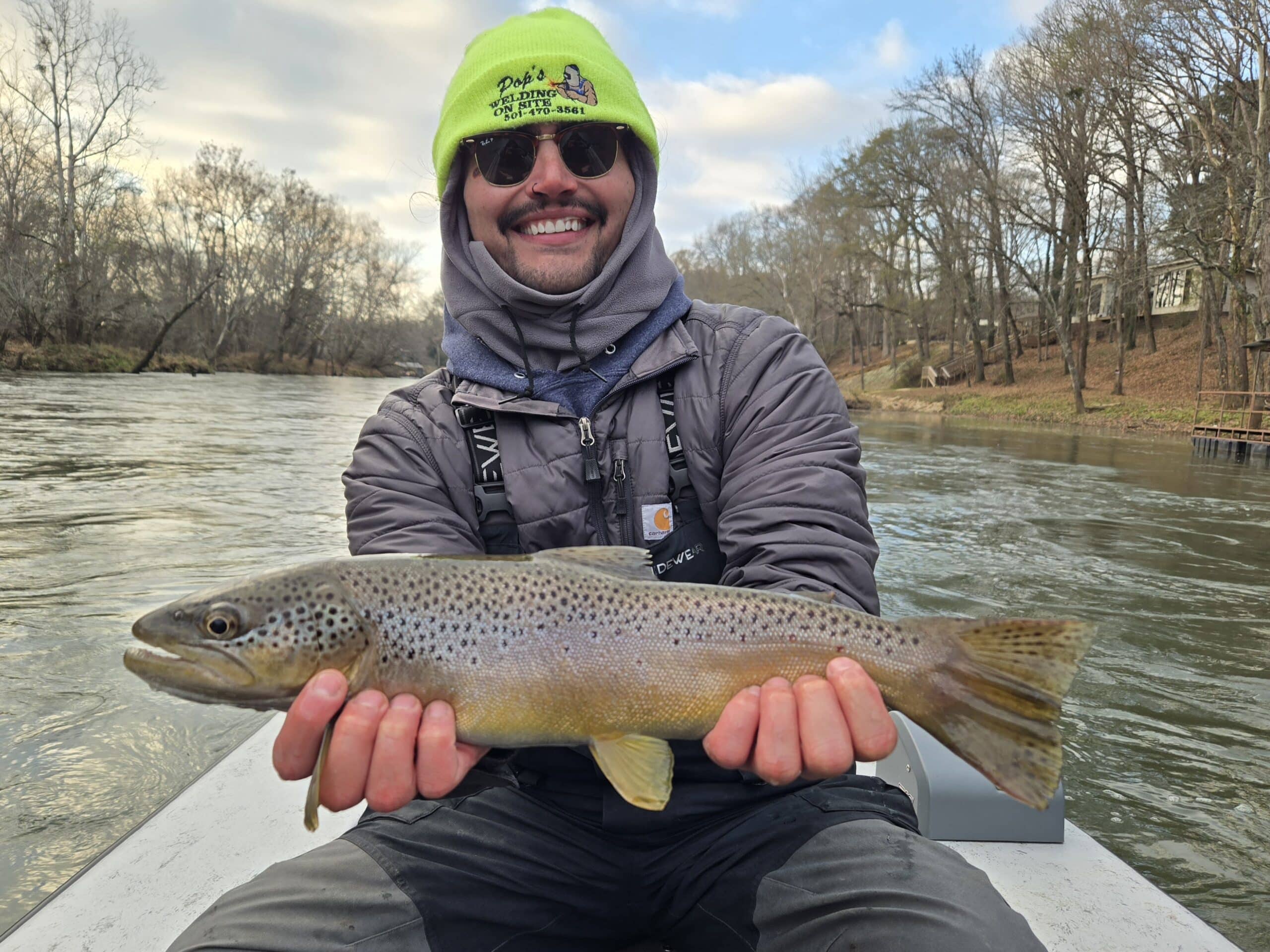Greentree reservoir infrastructure operation plans similar to last waterfowl season
ON 09-30-2019

Sept. 30, 2019
Randy Zellers
Assistant Chief of Communications
LITTLE ROCK – Duck hunters making plans for their 2019-20 season in Arkansas’s famed public greentree reservoirs will find similar operation plans in place this season as they saw last year.
Discoveries of dead and dying oaks last season in some greentree reservoirs, particularly those in Henry Gray Hurricane Lake Wildlife Management Area, and successes in forest management and modified operation of water-control structures at Sheffield Nelson Dagmar WMA have solidified biologists and commissioners in staying the course to reduce stress on the mast-producing hardwoods that help draw mallards to these duck-hunting areas.
Area managers will intentionally hold water on moist-soil units early in the season, when they are especially attractive to migrating waterfowl. In fact, some moist-soil units already have been managed to provide water for early migratory species such as blue-winged teal. These areas are designed to produce large amounts of seeds from native grasses and other annual plants as well as invertebrates, which are critical to the dietary needs of migrating waterfowl.
Similar to last season, intentional flooding of greentree reservoirs on AGFC wildlife management areas will not begin until Nov. 15.
Repeated flooding at high water levels for many years has caused many of the beneficial red oak species to be replaced by less desirable species. The areas also are seeing more water on them during the spring and summer than what they have historically seen, due to uncontrollable flooding and rain events. Managers have been faced with flooding downstream as well as on these WMAs, which makes it impossible to remove the water.
“There’s nowhere for the water to go when the entire system downstream is flooded like it has been most of the last two years,” said Jason Jackson, wetland program coordinator for the AGFC. “We can’t control that unintentional flooding, but we can control when we hold water on the area intentionally, and we need to do what we can to prevent even more stress on these trees.”
Jackson says historic flooding and drying cycles ebbed and flowed and were much later in the year than previous infrastructure operation dates. This allowed the red oak species to become established as part of the forest.
“These beneficial trees need a drying period,” Jackson said. “You don’t want water on them at a stagnant level, and you don’t want the trees to see constantly flooded conditions before they go dormant,” said Jackson. “You can look up and see the green leaves still on some red oak trees well into November and December in parts of Arkansas. It’s pretty easy to see they aren’t dormant this early in the year.”
Biologists began a strong campaign over two years ago to make a needed shift in the management of Arkansas’s famous flooded timber. Crews have been conducting forest health assessments during the last two years and are nearly complete with their GTR reviews. These reviews will guide more substantial infrastructure changes to enable water to flow more freely through the greentree reservoirs while still offering habitat for wintering waterfowl and waterfowl hunters. Research also is being conducted to establish more scientifically driven criteria for the timing of the water-control structures to be opened and closed.
Luke Naylor, AGFC waterfowl program coordinator says the current operation schedule is not meant to be a long-term solution, but a stopgap to help the trees until more science-based criteria can be created.
“We want to mimic a more natural system if we want to have these trees in our waterfowl-hunting areas for our children and grandchildren to enjoy,” Naylor said. “And with recent events, such as the large-scale die-off we saw at Henry Gray Hurricane Lake last year, it is more critical than ever that we focus on what is best for the existing forest habitat while planning for the future.”
Visit www.agfc.com/gtr for a list of all operation dates on AGFC-managed greentree reservoirs.
Recent News

CWD-positive deer found in Grant, Sevier counties
Dec. 19, 2025

Arkansas Wildlife Weekly Fishing Report
Dec. 18, 2025
Subscribe to Our Weekly Newsletter E-mails
Don’t miss another issue. Sign up now to receive the AGFC Wildlife Weekly Newsletter in your mailbox every Wednesday afternoon (Waterfowl Reports are published weekly during waterfowl season and periodically outside the season). Fishing Reports arrive on Thursdays. Fill in the following fields and hit submit. Thanks, and welcome!
